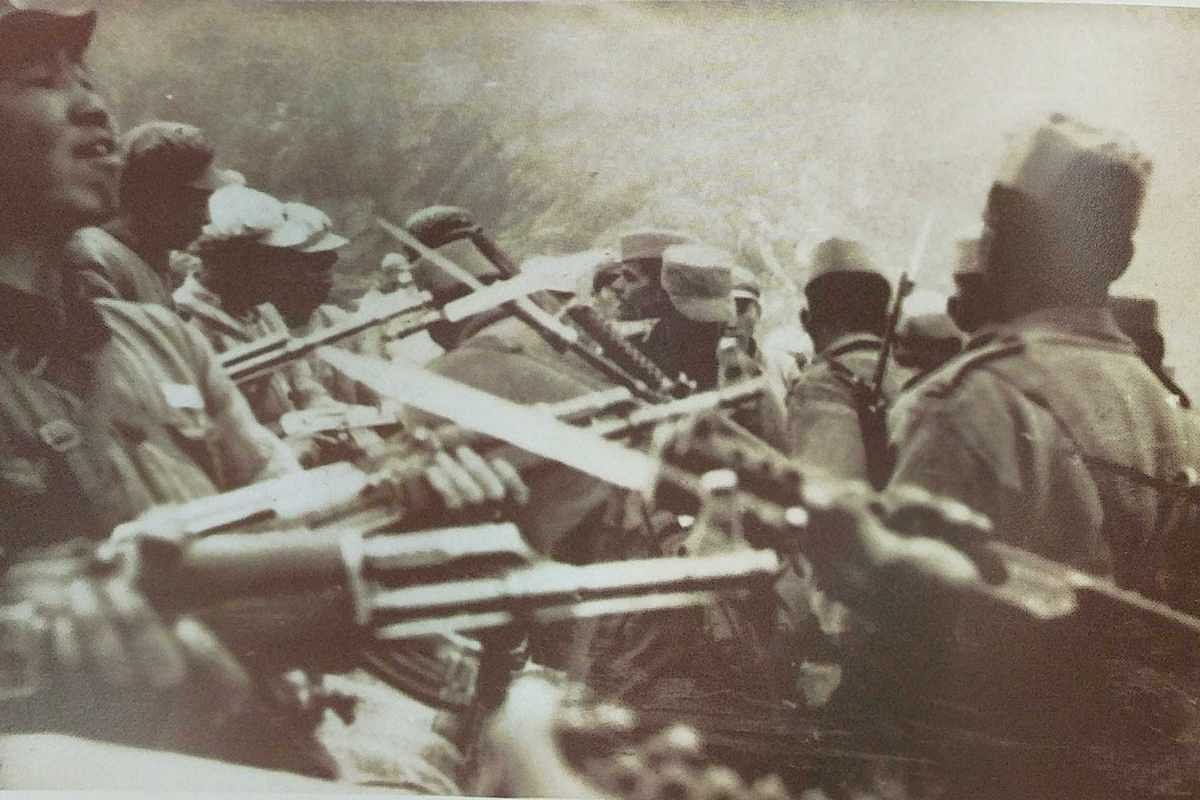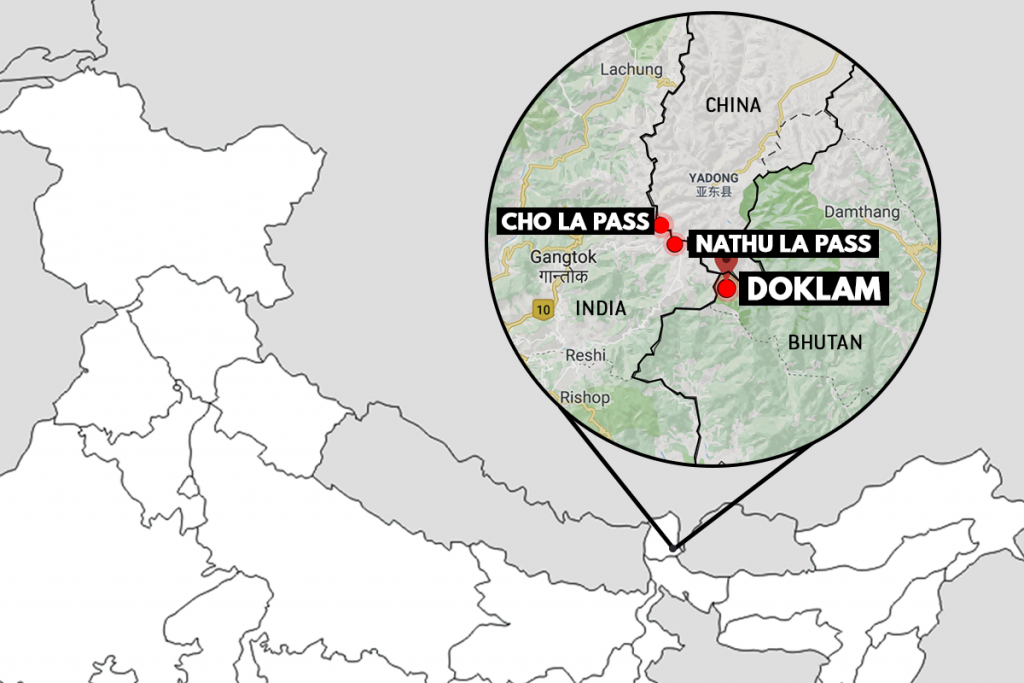During the two-and-a-half-month standoff between India and China in Doklam, the Chinese media repeatedly reminded India of the 1962 war defeat. But only about five years after that war, there was a border fight between India and China, which China does not like to talk about. This battle between the two armies took place at Nathu La. This area is not far from Doklam valley. In this four-day battle, 300 Chinese soldiers were killed and 65 Indian soldiers were martyred. Let us tell you that 722 soldiers of China were killed in the 1962 war that lasted about a month. The 1967 Nathula battle between China and India was the last violent clash between the two countries.
In the years 1966 and early 1967, China had used propaganda, threats and infiltration all to occupy Indian territory. In August 1967, China installed 29 loudspeakers at the south end of Nathu La. Sagat Singh decided to put up a three-layer barbed fence on the border. On 20 August the Indian Army started erecting barbed fencing. On 23 August, about 75 Chinese soldiers in war dress with weapons reached the additional area of the border and came and stopped there. The leader of his detachment came to the border and read some things from Mao Zedong's Red Book and the rest of the detachment kept repeating his words behind him. His troop hero was the only person in the Chinese contingent who could speak a little bit of English. The Indian Army kept watching this action of the Chinese with full vigilance. After about an hour the Chinese returned. Even after that many times the Chinese did similar acts.
On 5 September 1967, the Indian Army started replacing the barbed fence with concertina coils. The chief of the Chinese contingent discussed this with the Indian commanding officer, Lt Col Rai Singh, after which the work was halted but the work resumed on 7 September. After this, about 100 Chinese soldiers rushed to the spot. A clash broke out between the two sides. The soldiers of the Jat regiment beat up the Chinese. The Chinese started pelting stones. The Indians responded in any way.
On 10 September, China sent a stern warning to the Indian embassy that India would be responsible for dire consequences if Indian troops indulge in provocative incursions. According to Sagat Singh's biographer, Major General VK Singh (retired), Sagat Singh was to go on leave from September 12. He had asked to complete the fencing work by September 11. When the fencing work started that day, the Chinese commander stopped it. Rai Singh started going to talk to Sagat Singh. Then the Chinese opened fire which hit Rai Singh. Seeing its commanding officer injured, the Indian Infantry Battalion attacked the Chinese post. Indian soldiers were defeated in front of the open machine guns of the Chinese. Several soldiers including two Indian officers were killed. Both the officers later received gallantry awards. After that the Indian troops retaliated and all the nearby Chinese posts were buried in the ground. A large number of Chinese soldiers were killed in India's retaliation.
The Chinese were stunned by this befitting reply of India. They started threatening to deploy fighter aircraft. When the Indian army refused to back down, the Chinese news agency Xinhua denied the news of bringing the fighter plane. There are many anecdotes about this fight with China, but the most reliable detail is the personal diary of Second Lieutenant (Signal) NC Gupta at that time. He was present on the spot. He later received the Sena Medal (while recommended for the Maha Vir Chakra). Along with the stories of bravery associated with that battle, there is also the fact that about three dozen Indian soldiers fled the scene for which they were court-martialed.
On September 12, India offered China an unconditional ceasefire on the morning of September 13 (from 5.30 am). China turned it down but from 14 September the situation was almost peaceful. On 15 September, China returned the bodies of Indian soldiers. China said that it is doing this to save "India-China friendship". Gupta writes that many Indian soldiers lay under the sky for about six days. Gupta has written that the survival of these soldiers was nothing short of a miracle. After this, on October 1, there was a situation of conflict on the Chola Pass, but Indian soldiers drove the Chinese. Since then the spirit of the 1962 war has remained almost silent.






0 Comments